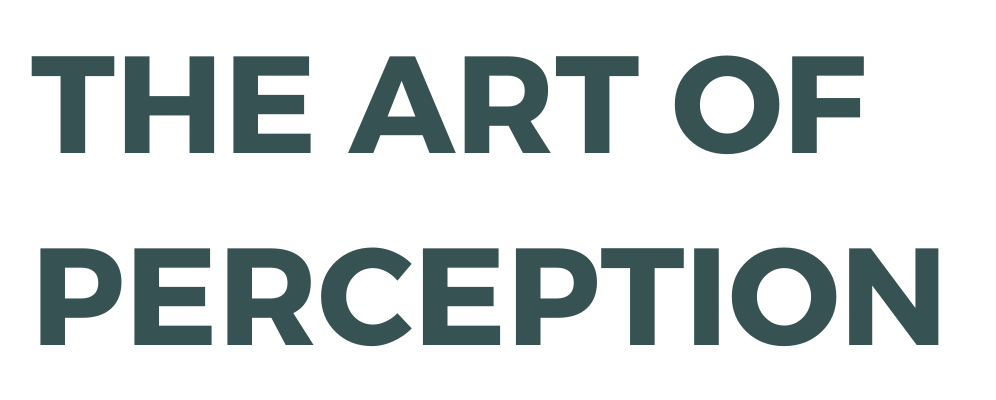Simple Ways to Rewire your Brain
When Meghan was 21 years old, she decided to learn French. In the beginning, she could barely pronounce the words. In 4 weeks, she learned how to pronounce words and the basic greetings. One year later, she could carry a conversation with a native French speaker.
Isn’t it amazing how our brains can learn all these new skills in such a short amount of time?
Have you ever wondered how the brain learns a new language or a musical instrument?
It’s through this amazing process called neuroplasticity whereby the brain creates new neural pathways.
Let’s dive into what neuroplasticity is:
Neuroplasticity–The What and How
A few decades ago, scientists believed that neuroplasticity only occurred in childhood and stopped by the time we reached the age of 25. Since then, the field of neuroscience has come a long way and it is understood that neuroplasticity occurs all through our life, from childhood to old age.
So, what is neuroplasticity? Put simply, it’s the brain’s ability to reorganize its structure, functions, and connections.
When you learn a new skill, like how Meghan learned French, your brain forms new connections. The more you use them, the more these connections are strengthened. When you start using a skill often, it becomes easier for you to draw upon your learning and perform.
There are two types of neuroplasticity:
1. Functional plasticity: In case of a brain injury, the functional (unaffected) parts of the brain take over the functions of the affected parts.
2. Structural plasticity: This is the brain’s ability to change its structure, its neurons, based on experience and learning.
When you rewire your brain to learn something new, it’s neuroplasticity in action.
And it can transform your life.
How Neuroplasticity Can Improve Your Life
We’re creatures of habits. From waking up in the morning to the moment before we hit bed, our many different habits direct us.
These are the initial pathways we formed in our brains and continued using.
So much so that now they’ve become automatic.
Automaticity allows us to carry out activities without paying a lot of attention to them. Research shows that approximately 45% of our everyday behavior is habitual.
If you think about it, this is our brains being highly efficient. By automatizing certain tasks, they free up space for other things that need our conscious attention.
All the habits, beliefs, and feelings we’ve formed after using the brain’s same neural pathways repeatedly become hardwired and stored in our subconscious mind.
While automaticity is certainly useful in our day-to-day lives, it has a downside.
Because so many of our actions, thoughts, and beliefs are automatic, we might stay stuck in one place due to our faulty subconscious beliefs.
The good news is, you can harness the power of neuroplasticity to change them and improve your life for the better. Here are 4 tips on how to use neuroplasticity to rewire your brain:
1. Repeat and practice
Repetition is how your neuronal pathways become hardwired into your brain. Whatever new belief or habit you want to adopt, it’s essential that you repeat it every day. After a couple of weeks, you’ll notice that the behavior or belief has become automatic and is not as effortful.
2. Visualization
At first, it might seem absurd that imagining something could be helpful. After all, change isn’t so easy. However, research shows that visualization is a powerful tool. A study demonstrated that athletes who visualized themselves performing physical movements experienced a real increase in their muscle strength. You too can increase the odds of your success by regular visualization exercises.
3. Exercise
Your brain and body are closely connected. Physical exercise boosts brain health and your overall wellbeing. It facilitates neuroplasticity by increasing gray matter volume in your brain and protects you from cognitive decline.
Engaging in aerobic exercises like swimming, walking, or running are excellent ways to become physically and mentally fit.
4. Novelty
Charting into new territories isn’t only fun, but also good for your brain! Novelty stimulates neural plasticity through the release of the neurotransmitter dopamine in our brains. You can bring novelty into your life by doing something you’ve always wanted to do, like learning a new language, playing a new instrument, or taking up a sport.
Our brain is our greatest tool, and it is much more malleable than we think. Neuroplasticity is the wonderful miracle that can help us rewire our brain and transform our lives for good.
Sometimes it’s tough to change our habits and beliefs alone. We’ve lived with them for so long that it can seem beyond our control to change them.
What do we do then? Here at The Art of Perception, we provide evidence-based coaching to help you become the best version of yourself by releasing negative beliefs and teaching you step-by-step how to build positive habits.
Book a FREE 30-minute consultation here.



